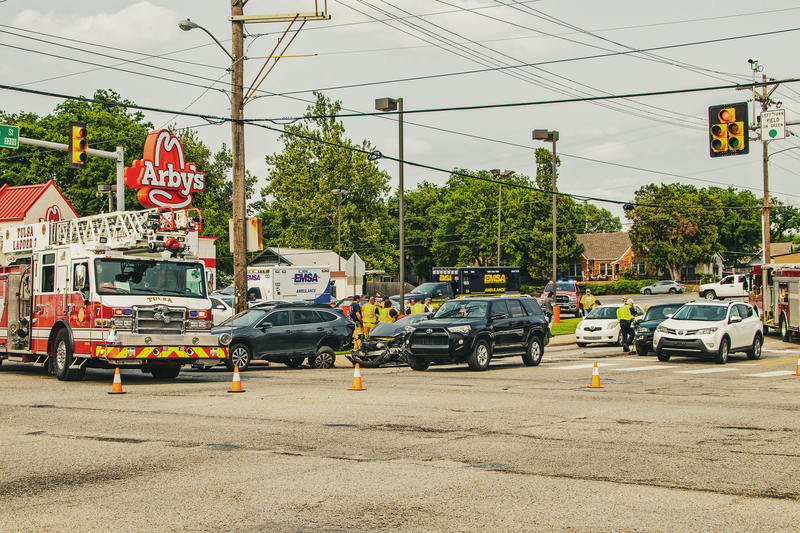Navigating the legal aspects of a multi-car crash are difficult at best. Multiple vehicles can mean multiple stories about the same event at the scene. Later, dealing with the aftermath of a multi-car crash may also include the other parties involved in the wreck, their insurance company and their attorneys.
Multi-car crashes are typically chain reactions caused by an initial collision between two vehicles that triggers a secondary collision involving a third car. Multi-car crashes, often called “pile-ups” frequently result in catastrophic injuries or sometimes death. The National Highway Traffic Safety Administration (NHTSA) reported over 9,000 multi-car crash fatalities in 2023. Several factors contribute to multi-car crashes:
- Distracted driving
- Tailgating
- Speeding
- Poor weather
- Impaired driving
- Poorly maintained roads
- Reckless driving
- Fatigued driving
- Vehicle malfunctions associated with defective components like brakes or tires
- Inexperienced drivers
Determining fault in multi-car crashes can be very complex because there are multiple factors that contributed to the crash. Most often, the driver of the vehicle that caused the initial collision is considered liable and liability is presumed in these types of crashes. However, there may be extenuating circumstances that impact these facts. California law, experience and the circumstances of the crash aid in determining fault in a three-car accident. In California, Comparative negligence laws may also come into play.
Using comparative negligence in a multi-car crash might mean a car sitting at a stoplight is rear-ended by an intoxicated driver then a distracted driver hits the two cars, causing a multi-car crash. Using comparative negligence may mean this the intoxicated driver and the distracted driver would each be held responsible. The drunk driver would be responsible for the initial rear-end collision, while the distracted driver would be responsible for the secondary collision that exacerbated the situation. The jury or court would determine the percentage of fault for each driver based on the factors that contributed to the accident.
There are additional factors that may help determine liability in multi-car crashes. These factors may include:
- The actions of each driver: specific actions of each driver leading up to the accident are crucial in determining fault. This includes factors such as speed, following distance, lane changes and braking behavior.
- Traffic laws and regulations: violations of traffic laws and regulations can play a significant role in assigning liability. For example, if a driver is found to be speeding or running a red light, it strengthens the case against them.
- Witness testimony: these accounts can provide valuable information about the events leading up to the accident, helping to establish fault.
- Physical evidence: physical evidence, such as skid marks, debris and damage to the vehicles can also help reconstruct the accident and determine fault.
- Video evidence: traffic camera footage, videos and photos captured by bystanders and those involved in the wreck can be reviewed to determine fault.
We represent people who are injured because of the careless and reckless acts of others. At the end of the day your case can only be settled one time and you need to know all of the facts beforehand. The reason that insurance companies have paid our clients in excess of $130,000,000.00 is that we get the facts and are not intimidated at the prospect of going to trial when insurance companies fail to offer full compensation. We help with serious injuries that require serious representation. We are the Law Offices of Guenard & Bozarth, LLP. Our attorneys have more than 60 years of experience specializing in only representing injured people. Call GB Legal 24/7/365 at 888-809-1075 or visit www.gblegal.com We would be honored to represent you!


